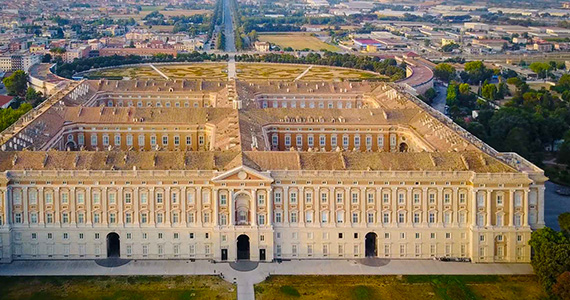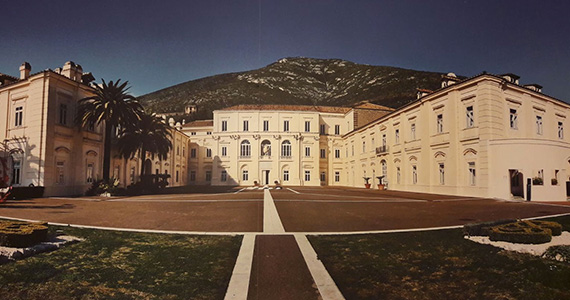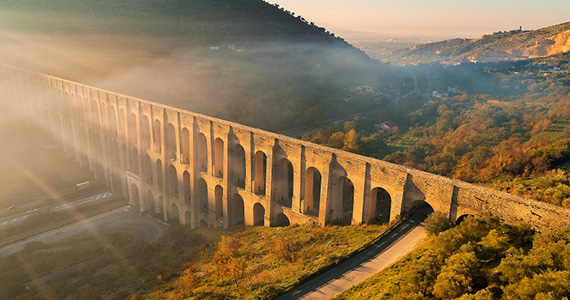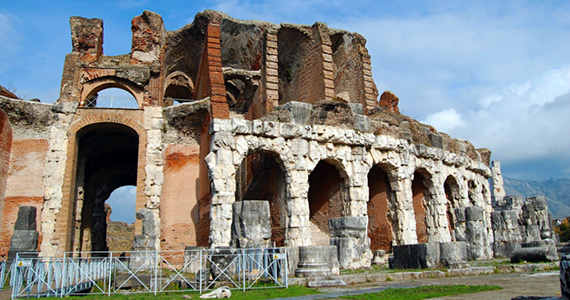The Royal Palace of Caserta, included in 1997 in the list of UNESCO heritage sites, is today one of the most impressive and visited monuments of our country. Designed in the eighteenth century by Luigi Vanvitelli, commissioned by Charles III of Bourbon, the Royal Palace represents the triumph of Italian Baroque and is one of the most important works of the celebrated Neapolitan architect.


The Monumental Complex of San Leucio, better known as Belvedere, rises on the homonymous hill not far from the immense gardens of the Royal Palace of Caserta. Also recognized as World Heritage in 1997 by UNESCO, with the Royal Palace of Caserta and the Caroline Aqueduct, it is a must for tourists who visit Caserta

The third monument recognized in 1997 by UNESCO as a World Heritage Site, along with the Royal Palace of Caserta and Belvedere San Leucio, is the imposing and majestic Caroline Aqueduct. The construction of an aqueduct, which brought water from the Frizzo springs to the waterways of the Royal Palace of Caserta, was an extraordinary technical success which gave even more fame to the architect Luigi Vanvitelli, who succeeded in denying many scientists who had theorized that Fizzo’s water would never come to Caserta.

L’anfiteatro campano di Santa Maria Capua Vetere, secondo solo al Colosseo come grandezza tra questo tipo di monumenti Compared to other monuments of the same type in ancient Italy, the Campanian amphitheater of Santa Maria Capua Vetere is second in size only to the Colosseum; it was built between the end of the 1st and the beginning of the 2nd century AD to replace the smaller arena dating back to the Graccan age. Attached to the Amphitheater is the ‘Gladiators Museum’ where, with innovative expositive solutions, the surviving elements of the decoration of the Campanian Amphitheater are shown to the public.
